Who are We?
On 18 October 2024, the awareness-raising event titled “Architects as facilitators of the energy transition: insights on two Plus Energy Buildings in Oslo” was held at Sentralen, Oslo (Norway).
As the relevance of energy transition grows at the EU level, environmentally sustainable architecture plays a key role in reducing carbon emissions from buildings and increasing awareness about sustainability. Innovations in the architecture field are not only about creating visually appealing but also community-centred environments for their users. Can architectural design serve as a catalyst for raising awareness about energy transition? Can new designs and tools be envisioned to create spaces according to the three NEB principles: beautiful, sustainable, and together?
The event tried to answer those questions was aimed at architects who are interested in learning more about the ARV Climate Positive Circular Communities (CPCC) and are eager to play a pivotal role in reducing carbon emissions from buildings.
The event was moderated by Amin Haddadi (Oslobygg).
Attended by 29 participants, the event was divided into two parts: presentations on the EU-funded projects ARV and Cultural-E followed by a site visit to the Voldsløkka School and Cultural Center.
Takeaways from the workshop
Amin Haddadi (Oslobygg) welcomed the participants and talked about sustainability ambitions for the City of Oslo towards 2030, and the strategic plan that Oslobygg has for 2022-2026 in terms of sustainability, especially with regard to energy efficiency and water management.
ARV coordinator Inger Andresen (NTNU) gave an overview of the ARV project, featuring 6 demonstration sites of Climate Positive Circular Communities (CPCC) around Europe.
Caroline Cheng (SINTEF) presented the ARV Voldsløkka Living Lab as an intersection of multiple disciplines and stakeholders. In addition to building occupants (in this case, pupils and teachers of the school), the wider Voldsløkka community and professional actors (such as building architects and landscape architects) play important roles to bring the concept of CPCC beyond a project demonstration to the masses.
Marit Reisegg Myklestad (Østengen & Bergo landskapsarkitekter) explored the landscape aspects of the ARV project. ” The landscape architects played an important role in the project from start to final project. We began the design process by developing a visionary concept centered around stormwater management, vegetation, and activity spaces. Based on this, we designed a climate-adapted and forward-looking schoolyard where stormwater and biodiversity are utilized as resources to create attractive outdoor spaces that invite both students and the neighborhood to thrive.”
Erik Brett Jacobsen (KONTUR arkitekter) focused on the role of the architect throughout the process and the architectural aspects of the ARV building. “The architect played a vital role at every stage of the Voldsløkka School and Culture Centre project, from the initial design to the finished building. We were key in shaping the vision for Oslo’s first net positive energy school, creating a striking facade featuring solar panels that reflects this goal. During construction, the architect helped to discuss and navigate the design’s limitations and opportunities, ensuring the facade was both visually appealing and effective at generating energy.” In addition to the solar facade, the building also uses geothermal heating and traditional solar panel systems on the roof.
Last but not least, Evy Ann Buverud (Sør Arkitekter) presented the Cultural-E demonstration building in Eiksveien 116, Bærum, Norway. When designing a building, it is important to take into account who lives here and how the building is used. Advanced technical systems require technical expertise that many do not have.
After the presentations, the participants gathered at the Voldsløkka School and Cultural Center, where participants could try the VR visualisation tool for citizen engagement. “Use of VR enables a whole range of new possibilities in architecture visualisation, but also in citizen engagement and user involvement”, states Jo Skjermo, Senior Advisor at SINTEF Community.
Find more information about the ARV Oslo Climate Positive Circular Community at this link.
Find more information about the Cultural-E demonstration project at this link.
If you missed the event, find the speakers’ presentation here.
The event was hosted by Oslobygg, NTNU and the Architects’ Council of Europe within the ARV project with the support of the Cultural-E project.
This is the second of a series of workshops addressed to architects who want to learn more about the ARV Climate Positive Circular Communities. More events of this format will come in 2025, stay tuned!
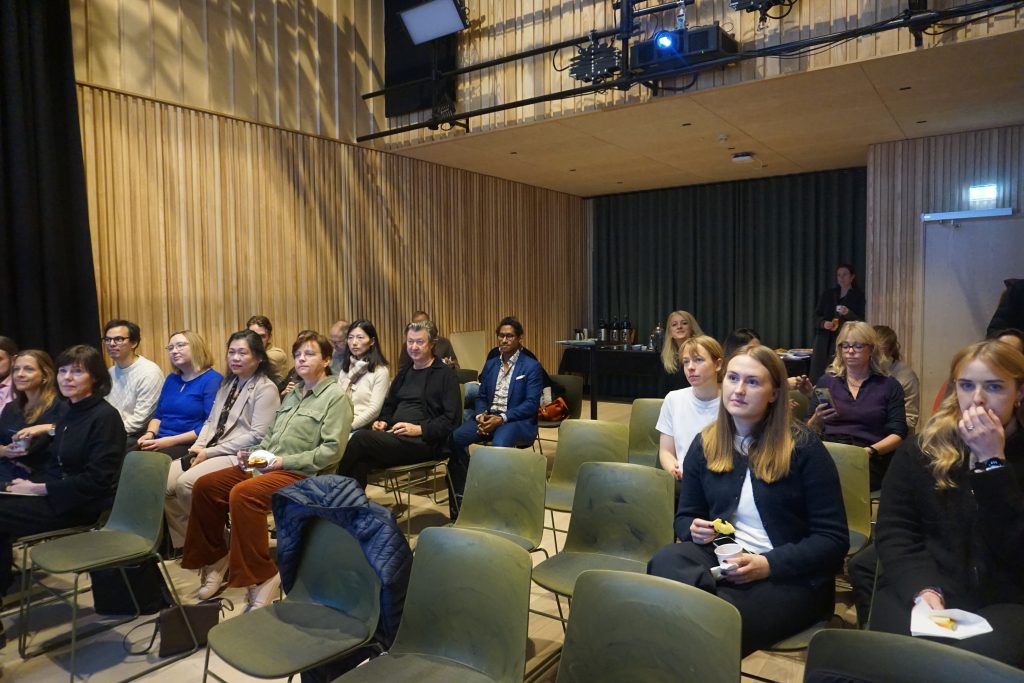
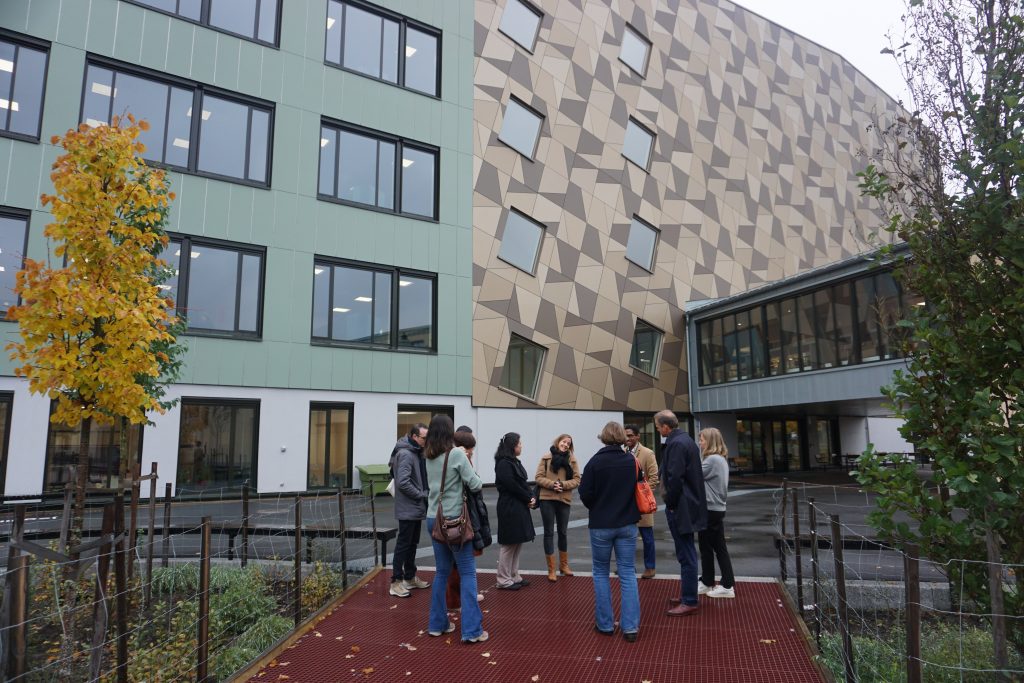

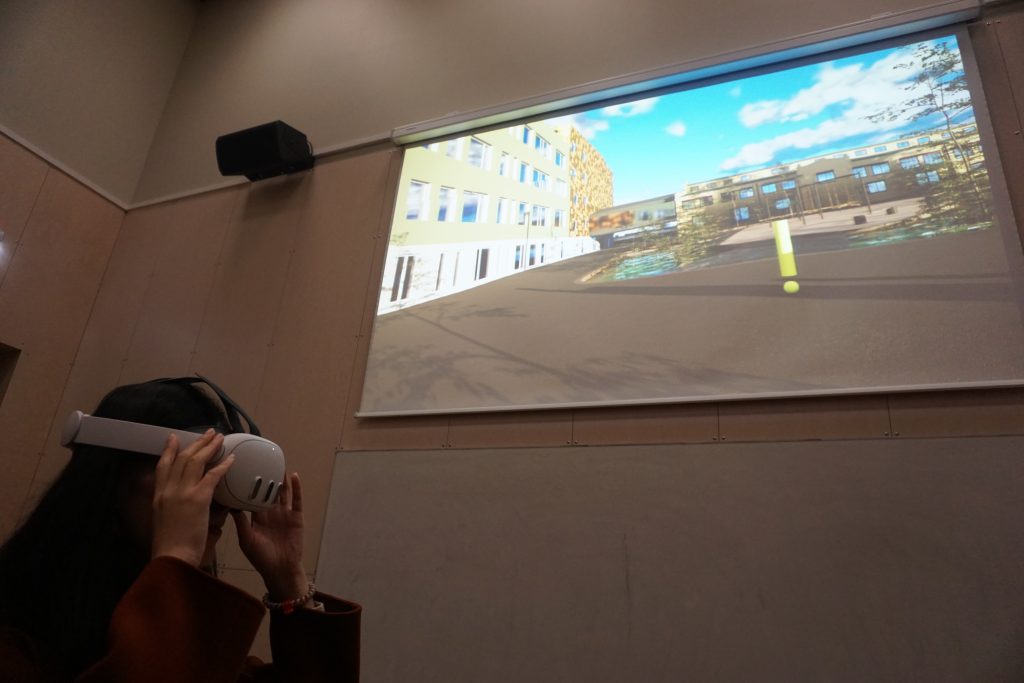
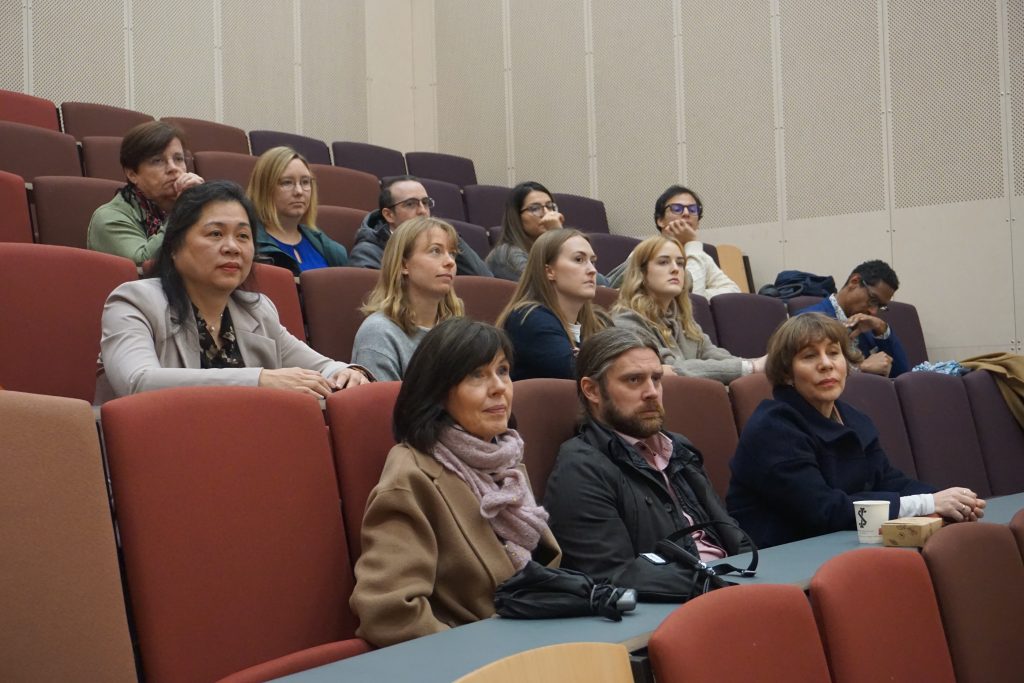
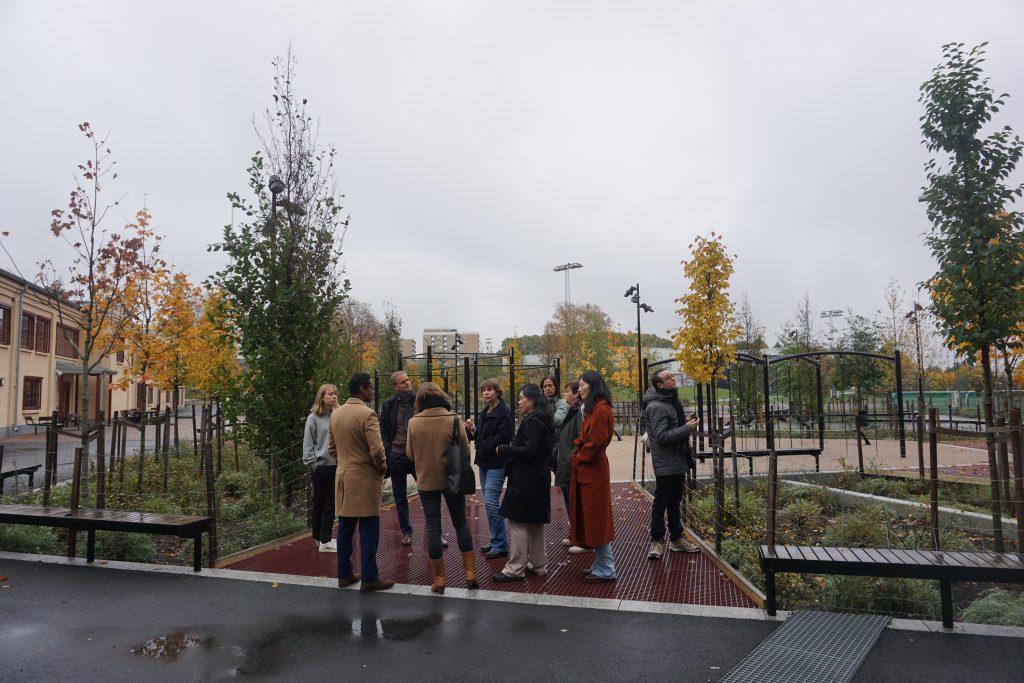

Subscribe to our Newsletter
Want to know more about the new generation of climate positive circular communities (CPCC)? Sign up to our bi-annual newsletter (no spam guaranteed)!